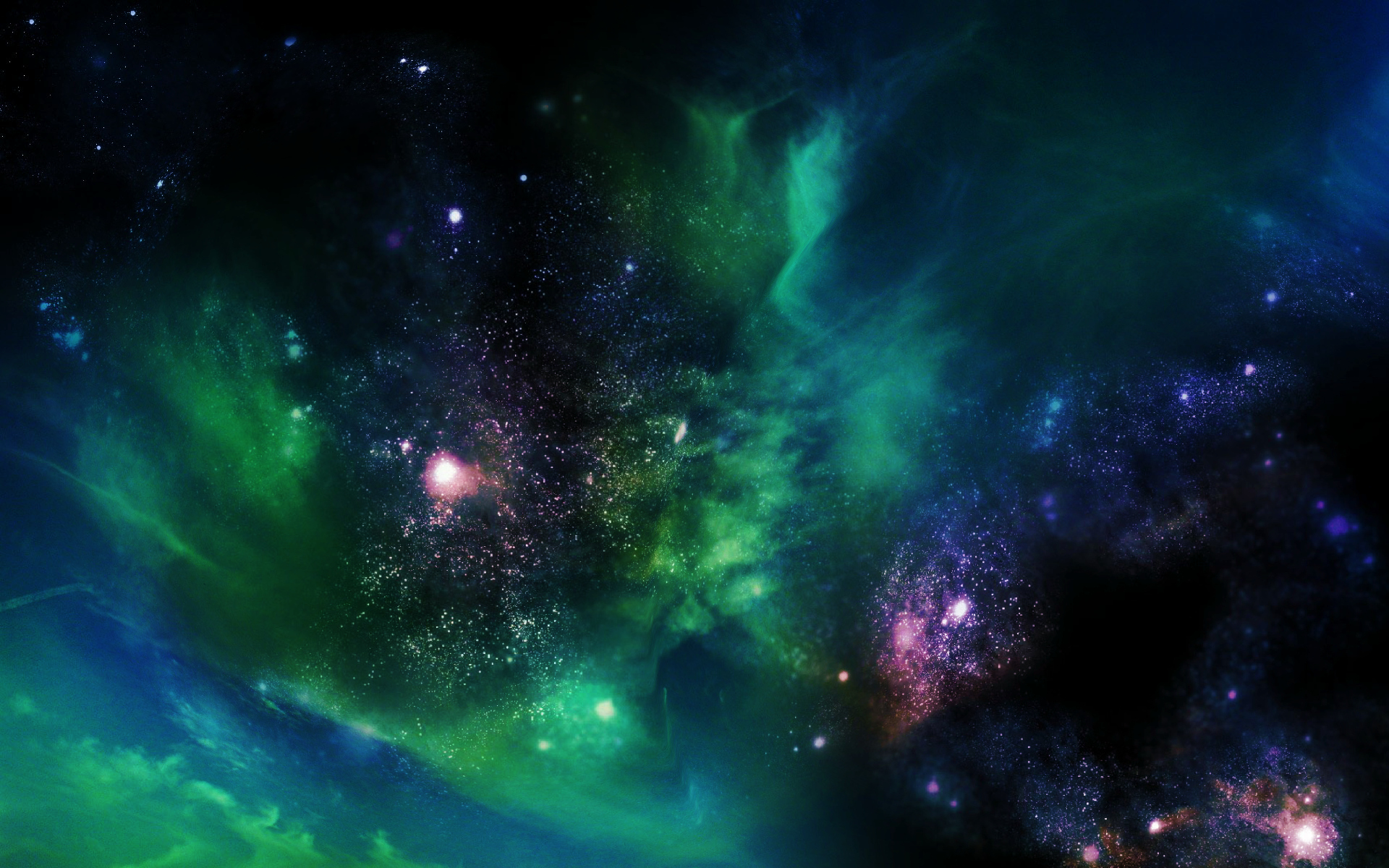
A new NASA-led experiment measured a key component of the Arctic’s energy balance from space for the very first time.

If the Moon has enough water, and if it's reasonably convenient to access, future explorers might be able to use it as a resource.

Based on data from NASA's K2 mission an international team of scientists have just confirmed nearly 100 new exoplanets. This brings the total number of new exoplanets found with the K2 mission up to almost 300.

Galaxy cluster ACT-CLJ0102-4915, or “El Gordo” contains the mass of a staggering three million billion suns. It is the largest, hottest, and brightest X-ray galaxy cluster ever discovered in the distant Universe.

The Genes in Space-3 team turned a possibility into reality in 2017, when it completed the first-ever sample-to-sequence process entirely aboard the space station.

Google Machine Learning Technology recently helped scientists at NASA discover two new planets far outside the solar system.

NASA will be hosting a somewhat unusual press conference on Thursday to announce the latest find from its planet-hunting Kepler Space Telescope.

NASA, with an eye to future missions, is looking to create robotic missions and components that can survive inside Venus’ atmosphere for prolonged periods of time.

A mysterious signature in a region of the Red Planet where planetary scientists figure ice shouldn't exist.

The discovery of boron on Mars gives scientists more clues about whether life could have ever existed on the planet, according to a new paper.

InSight will do a deep dive into the Martian underground, putting two instruments onto the surface that will ferry information back from the depths.

weJames Webb telescope will study the “ocean worlds” of Jupiter’s moon Europa and Saturn’s moon Enceladus, the telescope’s observations could also help guide future missions to the icy moons.

Nasa’s Cassini spacecraft is set to commence its final five orbits around Saturn, marking the final phase of its exploration mission of the planet.

The agency is considering how to conduct science experiments on the Deep Space Gateway station, even while no crew members are on board.

Scientists have discovered the strongest evidence to date for a stratosphere on a planet outside our solar system.